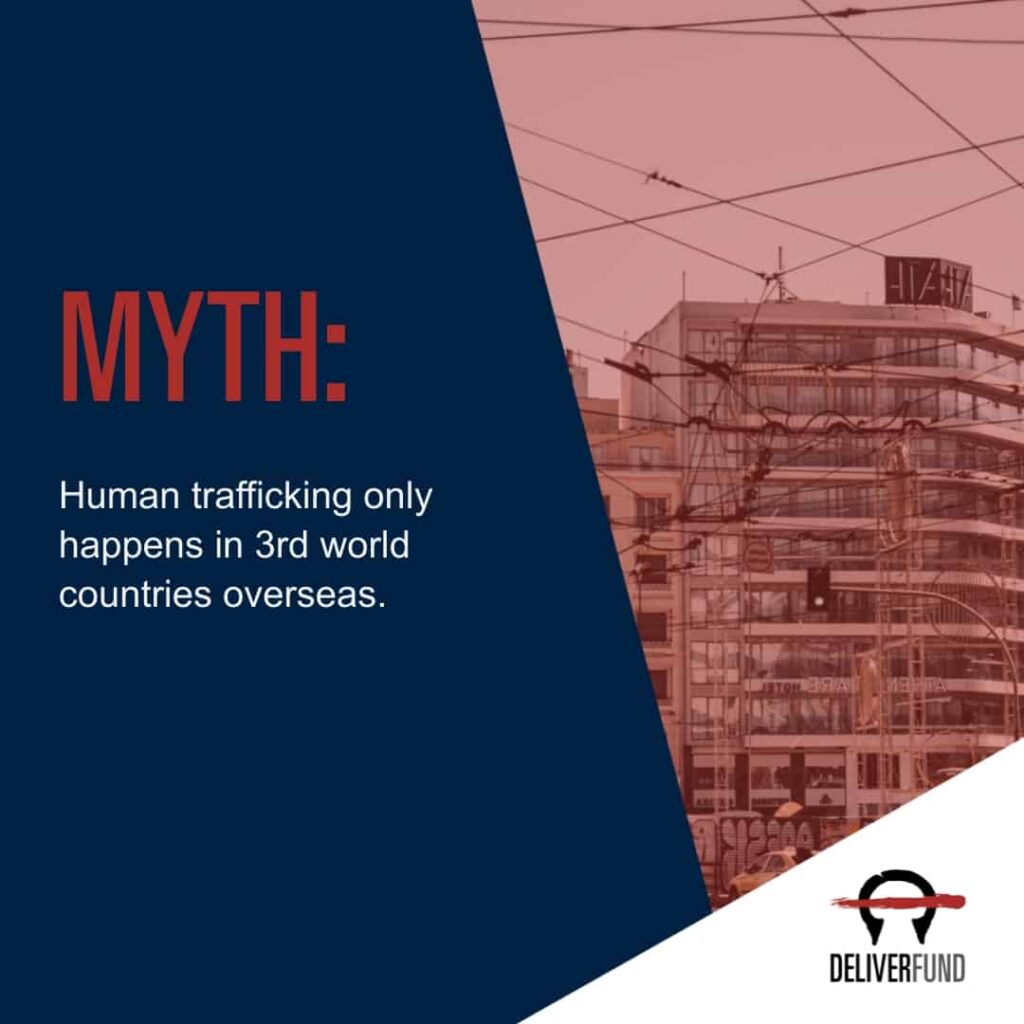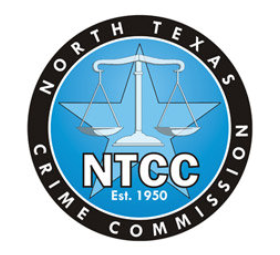Human trafficking, as defined by the United States Department of Justice, is the “recruitment, harboring, transportation, provision, or obtaining of a person for labor or services, through the use of force, fraud, or coercion for the purpose of subjection to involuntary servitude, peonage, debt bondage, or slavery.”
As people become more aware of modern slavery’s existence in America, it’s important to address some of the common misconceptions about human trafficking. Addressing widespread human trafficking myths and facts opens the path to better address the problem as a community.
Myths About Human Trafficking Are All Over the Internet
In many ways, the Internet is both the best and the worst thing that’s happened to the human race in its history. With regards to human trafficking, the Internet has been wonderfully helpful in bringing increased awareness to this terribly troubling issue.
Unfortunately, it’s also been the launching spot for far too many myths about human trafficking that do anything but help the cause. Human trafficking myths ensnare too many people who have nothing to do with the issue, and they only distract people from what’s truly important.
Just one example dates back to the summer of 2020. Reports started surfacing online with regards to Wayfair, a high-end retail company. Someone claimed to have “figured out” that Wayfair was selling expensive storage cabinets in high volume. Online “sleuths” came up with the theory that these storage cabinets were being used to transport children in furtherance of human trafficking. We discussed the situation here. This is one of those human trafficking myths that took attention away from what’s truly important.
Given the prevalence of human trafficking myths that can be found online – along with so many other types of conspiracy theories and falsehoods – it’s important to verify the source of your information when you’re reading or learning about this important issue.
Myth: Human trafficking only happens in 3rd world countries overseas
The reality is that human trafficking is happening here right in the United States, to American citizens by American citizens, at a higher rate than women and children being trafficked into the United States from other countries.
Myth: Human trafficking only happens across the border or at the border
Unfortunately, human trafficking is happening in every city, in every state of the United States. It is happening at the hotel that you drive by on the way to work. It is happening to the girl you see buying snacks at the convenience store. It is all around you. And sometimes, if you don’t know what you’re seeing, or you choose not to see it happening, you believe it’s not happening, but it is.
Myth: Human trafficking victims are sent to the United States via shipping containers

Often, when people hear the words “human trafficking,” they automatically associate it with women being shoved into shipping containers from third world countries, brought to the United States ports, and then distributed throughout the country. The reality is that victims are already here in the United States, and they’re American citizens. It is rare for child and adult sex trafficking victims to be transported in shipping containers.
The human trafficking victim is more likely to be the girl who went missing a few years back and her picture is still up on the wall of the supermarket. It’s the girl who was the runaway, who got mad at her parents and was never heard of again. It’s the child that you saw on the news last week. It’s not always what you see in the movies.
Myth: The common image of human trafficking victims with their hands tied
A prevalent image among the human trafficking myths is that of girls who are bound in chains or in handcuffs or being shoved into vehicles, being lured away and snatched off the streets. But that’s not necessarily how it happens. Victims can be groomed for months and months, on social media or in the workplace, and even by members of their own family. It’s happening right under our noses, and most people don’t know how it’s happening.
Trafficking is a form of manipulation. The chains on human trafficking victims are invisible. Whether it be force, fraud, or coercion, human trafficking victims may look like they’re doing things because they want to do it, but in truth, they’re being forced to do what they’re doing. You can’t see it, because the manipulation is happening mentally.

Myth: Human trafficking only affects women
A lot of people believe that human trafficking only affects women, but there is also a smaller percentage of men and boys who are affected. Young boys can also be victims of human trafficking, as well as gender minorities. A human trafficker doesn’t discriminate based on sex or race, what potential victims look like, or where they’re from. They look at people like a product that they can sell over and over again to make a profit.
Myth: There is one centralized organization fighting human trafficking
We have a Bureau of Alcohol, Tobacco and Firearms. We have a Drug Enforcement Administration. We have Homeland Security. But we do not have a Counter Human Trafficking Agency. Although there are many independent organizations and task forces aimed at fighting human trafficking, there is still not a central organization to combat trafficking nationwide.
Jurisdictions differ from state to state and county to county, and departments often don’t have the means to facilitate the exchange of information. In its 2019 Trafficking in Persons Report, the United States State Department listed several factors that can disrupt the data collection and management in the fight against human trafficking.
Conclusion
Fighting human trafficking is going to take all of us, and that means having a better and more accurate understanding and awareness of what human trafficking in the United States entails. The reality of human trafficking, as we’ve discussed time and time again, is that it’s much more prevalent than most people realize. We need to remain vigilant, as curbing this practice will take all of us, but we also need to be mindful of those harmful myths about human trafficking that exist.









